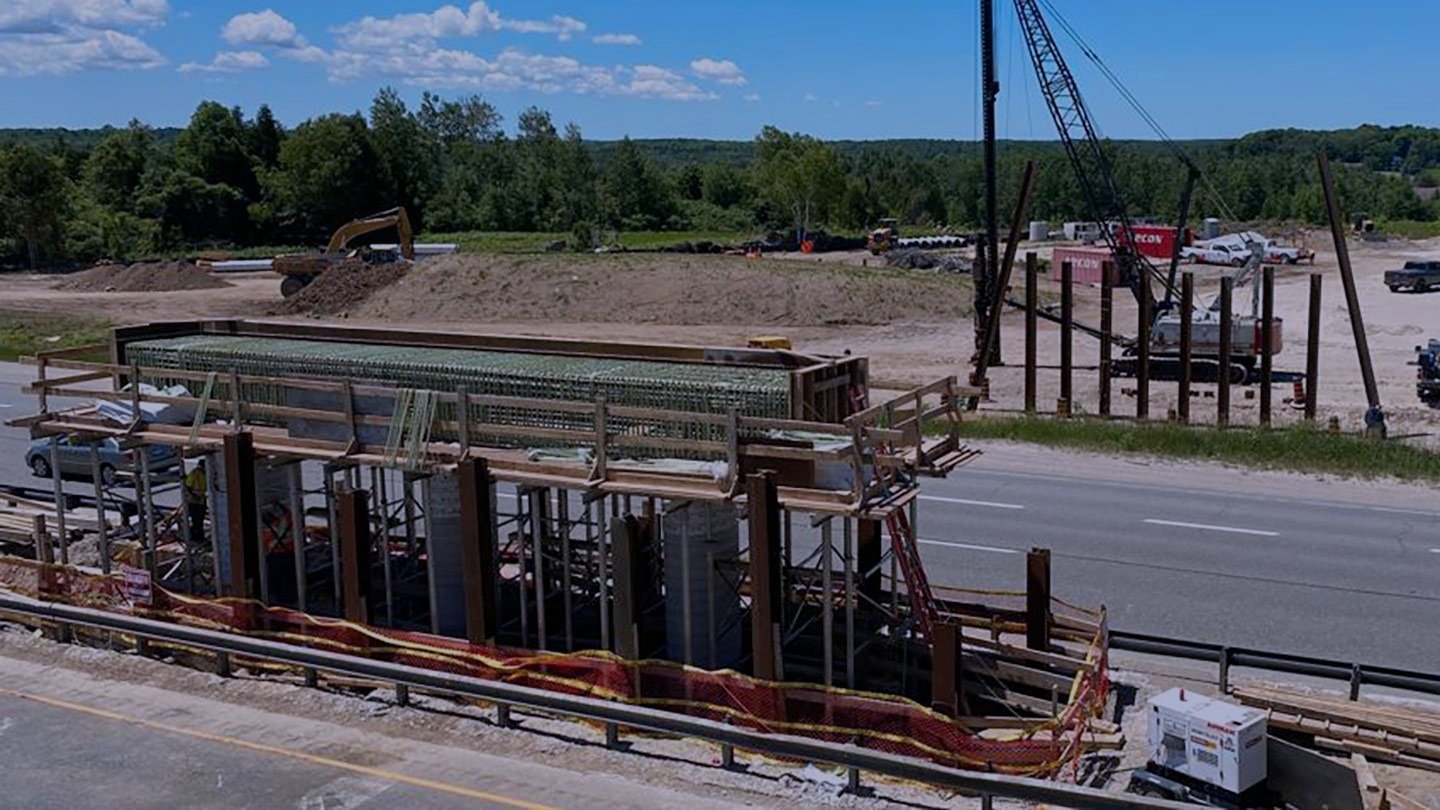
Construction Specifications
This specification covers the requirements for the fabrication and placing of glass fiber reinforced polymer (GFRP).
Auditing Procedure
This covers the qualification process to become one of our designated suppliers for FRP (Fiber Reinforced Polymer) materials.
Handling & Safety
This document outlines the essential instructions for handling and ensuring safety when dealing with our products.
Repair Procedure
Repairing MST-Bar reinforced concrete involves several critical steps to ensure the integrity and longevity of the structure.
Questions? We have answers!
Frequently Asked Questions about Fiber Reinforced Polymer (FRP) Reinforcement for Concrete.
-
FRP reinforcement involves using fibers made of polymers such as carbon, glass, or aramid to reinforce concrete structures. Unlike traditional steel reinforcement, FRP offers advantages such as high strength-to-weight ratio, corrosion resistance, and electromagnetic neutrality.
-
The main types of FRP reinforcement include carbon fiber reinforced polymer (CFRP), glass fiber reinforced polymer (GFRP), and aramid fiber reinforced polymer (AFRP). Each type has specific properties suitable for different applications.
-
FRP reinforcement offers several advantages over traditional steel reinforcement, including high tensile strength, lightweight, corrosion resistance, non-magnetic properties, and ease of installation. It also provides enhanced durability and longevity to concrete structures.
-
FRP reinforcement is commonly used in a variety of concrete structures, including bridges, buildings, marine structures, and rehabilitation projects. It is particularly beneficial in corrosive environments, such as coastal regions or chemical plants, where steel reinforcement may corrode over time.
-
FRP reinforcement can be installed using various techniques, including wet layup, pre-preg layup, pultrusion, and filament winding. The choice of installation method depends on factors such as project requirements, structural design, and site conditions.
-
While FRP reinforcement offers many advantages, it also has limitations. These include higher material costs compared to steel reinforcement, susceptibility to UV degradation (for some types), and limited fire resistance. Additionally, proper design and installation are crucial to ensure the effectiveness and longevity of FRP-reinforced concrete structures.
-
The cost of FRP reinforcement is generally higher than that of traditional steel reinforcement on a per-unit basis. However, when considering factors such as reduced maintenance, longer service life, and lower installation costs (due to lightweight and ease of handling), FRP reinforcement may offer a more cost-effective solution over the life cycle of a structure.
-
Yes, FRP reinforcement can be used in combination with traditional steel reinforcement to optimize the performance of concrete structures. This hybrid approach allows designers to leverage the benefits of both materials, such as high strength and corrosion resistance.
-
FRP-reinforced concrete structures can exhibit excellent durability and service life, especially in harsh environments where corrosion is a concern. Proper design, material selection, and installation practices are essential factors influencing the long-term performance of FRP-reinforced concrete.
-
Yes, several international standards and guidelines provide recommendations for the design, testing, and installation of FRP reinforcement in concrete structures. These include standards issued by organizations such as ACI (American Concrete Institute), ASTM (American Society for Testing and Materials), and fib (International Federation for Structural Concrete). It is essential to adhere to these standards to ensure the safe and effective use of FRP reinforcement in construction projects.






